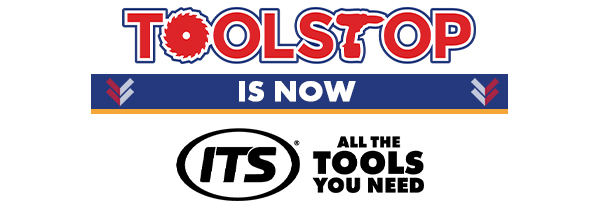General Use Extractors and Vacuums
General use extractors and vacuums provide versatile dust and debris removal for various worksites and DIY tasks. These tools help maintain a cleaner, safer workspace by efficiently managing sawdust, dirt, and light debris.
Who Uses General Use Extractors and Vacuums?
General use extractors and vacuums are used by woodworkers, construction workers, and DIY enthusiasts who need a reliable solution for maintaining a dust-free environment. They are designed to handle light to moderate debris, making them ideal for everyday cleaning.
- Woodworkers – Keeps sawdust under control in workshops, improving visibility and safety.
- Contractors – Essential for cleaning up worksites quickly, handling light debris and fine dust.
- DIY Enthusiasts – Ideal for home renovation projects, these vacuums easily clean up dust and small particles created during DIY tasks.
- Garage and Workshop Owners – Effective in garages and home workshops, where regular clean-up of dust and dirt is needed.
General Use Extractors and Vacuums Are Great for Jobs Such As:
- Collecting sawdust in workshops – Maintain a clean and safe workspace with regular dust extraction.
- Clearing debris on construction sites – Efficiently manage dust and small debris on active worksites.
- Cleaning up after DIY projects – Quickly removes dust, dirt, and small particles generated during home projects.
- Garage and vehicle cleaning – Keeps garages free of dust and dirt, and can be used to vacuum car interiors.
- General household clean-up – Suitable for keeping floors and surfaces clear of dust and light debris.
How to Choose the Best General Use Extractor or Vacuum
Selecting the right general use extractor or vacuum depends on factors like filtration type, power, and ease of use. Here are key specifications to consider when choosing a model:
1. Filtration Type
Look for vacuums with HEPA or multi-stage filters if you need effective dust capture and minimal airborne particles, particularly in confined spaces.
2. Power and Suction Strength
Higher suction power is beneficial for larger debris and heavier dust. For light to moderate jobs, models with moderate suction strength are usually sufficient.
3. Capacity
Choose a capacity suited to your workload. Larger tanks are helpful for continuous use without frequent emptying, while smaller tanks are easier to maneuver for quick, light tasks.
4. Portability and Maneuverability
Lightweight models with wheels or handles improve maneuverability around the workspace, ideal for mobile use across multiple rooms or sites.
5. Accessory Compatibility
Check compatibility with hoses, wands, and other attachments to increase versatility. Look for accessories that allow for floor, surface, and tight-space cleaning.
Compatible Accessories for General Use Extractors and Vacuums
General use extractors and vacuums can be paired with various accessories to enhance performance and cleaning capabilities. Here are some popular add-ons that work well with these vacuums.
Frequently Asked Questions
Can general use extractors handle both wet and dry debris?
Many general use extractors and vacuums are designed to handle both wet and dry debris, but it's best to check the specifications. Wet/dry capability makes them versatile for various cleaning needs.
What size capacity should I choose for a general use vacuum?
Choose a capacity based on the typical workload. Small tanks (5-10 liters) are suitable for light, quick tasks, while larger tanks (15 liters or more) are better for continuous use on larger jobsites.
Are HEPA filters necessary for general use vacuums?
HEPA filters are not required for all general use vacuums but are recommended for capturing fine dust, especially in enclosed spaces or if allergens are a concern.
How often should I clean or replace the filter in my vacuum?
It depends on the usage frequency. For daily use, clean the filter weekly and replace it every 6-12 months. Regular filter maintenance improves vacuum performance and longevity.
What attachments are useful for general use extractors?
Useful attachments include crevice tools for tight spaces, floor brushes for large areas, and dusting brushes for surfaces. These add-ons improve versatility and ensure thorough cleaning.


